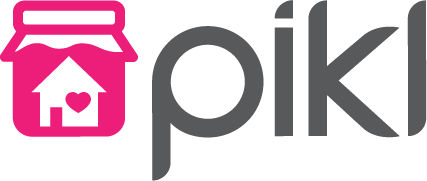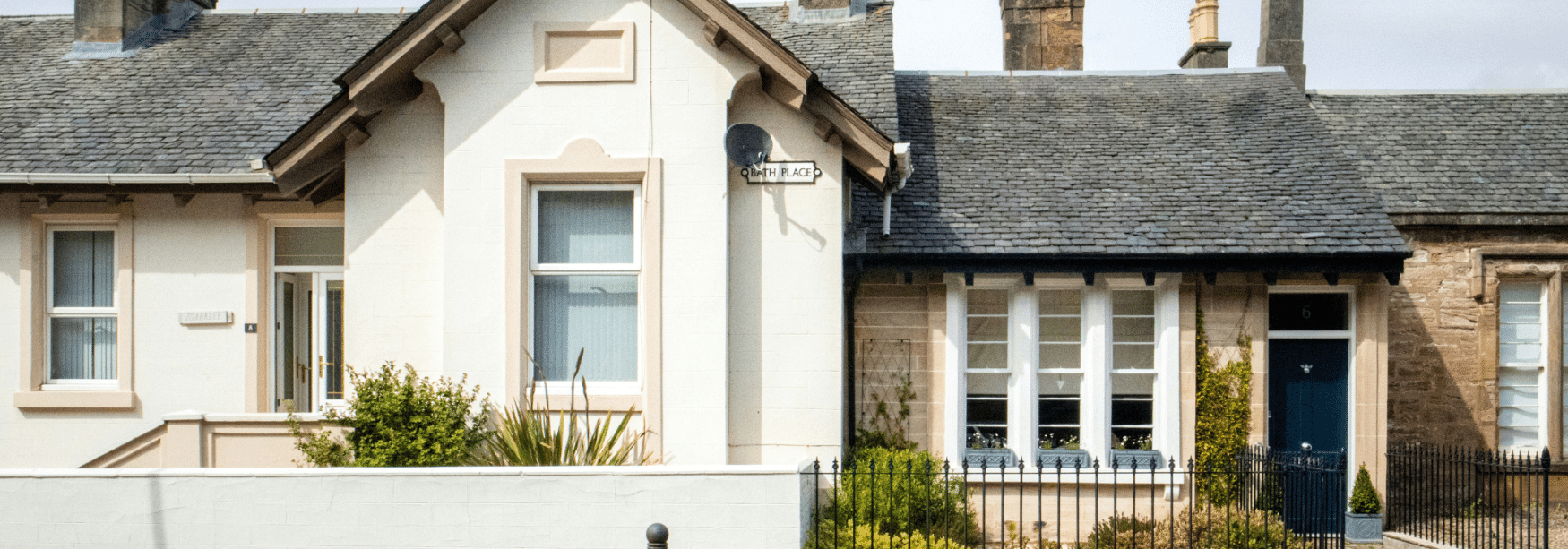Establishing what home insurance actually covers can be a daunting task to start with. Not only are there usually lots of options to choose from, you’ll also need to choose the right type of insurance cover for your property. In this article, we break everything down into manageable chunks. Read on further to find out more.
What type of properties does home insurance cover?
Building construction types covered by home insurance
Issues covered by home insurance
Issues not covered by home insurance
Which home insurance is best for my property?
What home insurance do I need for paying guests?
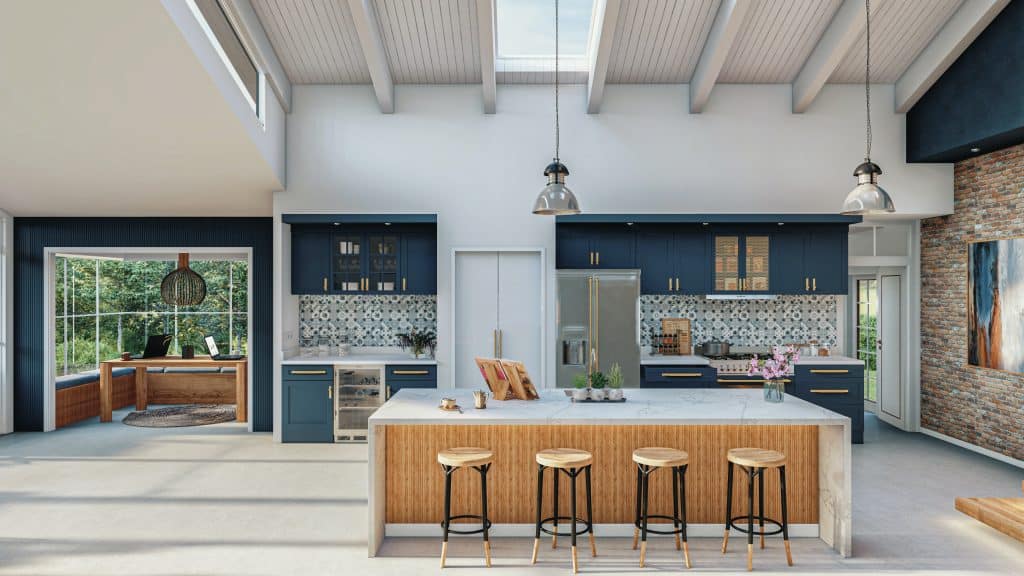
What is home insurance?
Home insurance in general refers to property insurance for residential homes. You’ll usually be presented with three different types of cover options when getting a quote:
- Buildings insurance: This covers the structural integrity of the house. Think of items such as pipes, fixtures, and fittings, etc.
- Contents insurance: These are items not typically fixed to the property such as TVs and sofas.
- Add-ons: In addition to the above, you’ll often have the choice to purchase optional add-ons. This can range from cover that protects you against legal issues to call-outs in the event of an emergency. We discuss this in more detail further down.
What types of properties does home insurance cover?
Home insurance is an umbrella term covering insurance for residential properties in general. The type of home insurance you need depends on how the property is used. The three most common types of home insurance are:
- Residential home insurance: This is the type of home insurance you’ll likely be most familiar with. It’s designed to cover owners/renters who live in the property.
- Holiday home and holiday let insurance: This covers additional properties that are not a permanent residence. Some of these properties are used as holiday rentals for paying guests. They’re a different type of risk to standard household insurance as the homes aren’t permanently lived in.
- Landlord insurance: If you’re a landlord with tenants that live in the property (typically with an AST of at least 6 months), then landlord insurance is the cover you’ll need.
With the rise of travel sites such as Airbnb, people who engage in short term letting at their property can fit into all of the above categories. As such, the type of insurance cover you’ll need in that scenario is slightly more complicated. We address this issue when discussing home insurance and paying guests.
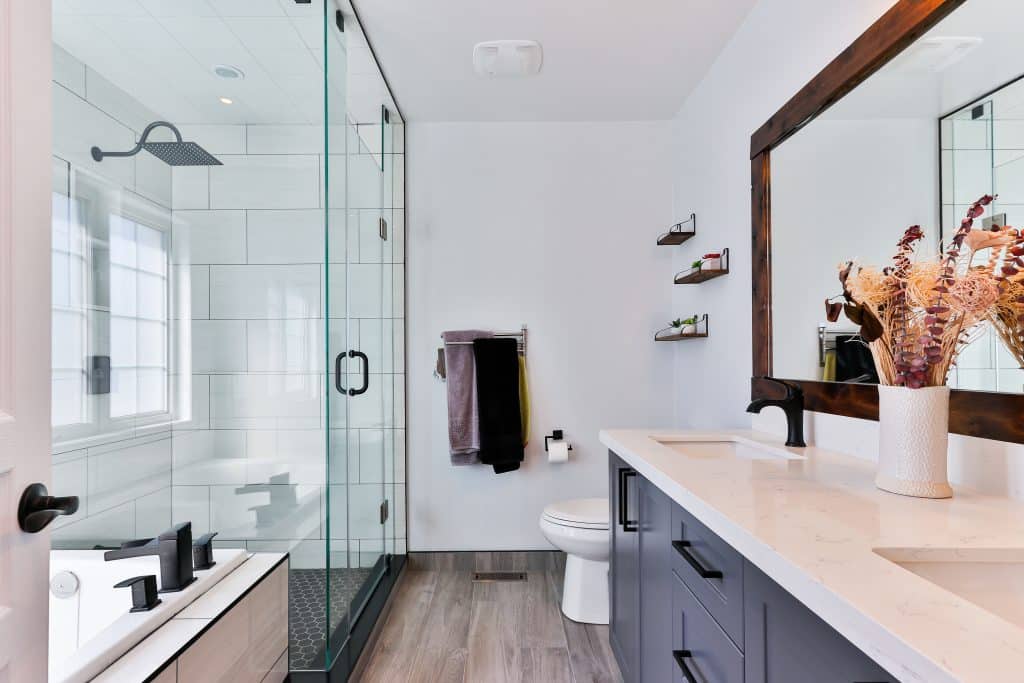
Building construction types covered by home insurance
Typical household insurance usually covers homes made of ‘standard construction’ or design type. A non-exhaustive list of buildings that usually fit under the category of ‘non-standard’ include:
- Unique construction types: Examples include flint and certain types of cladding.
- Non-standard roof materials: Thatched roofs are an example of non-standard roof construction. They have a higher chance of catching fire, which increases the insurance risk.
- Flat roofs: This type of roof design is often more prone to water damage than pitched roofs.
- Listed buildings: Listed buildings are subject to stricter building regulations that make any potential repair work more complicated than a typical home.
Speak to a broker that specialises in non-standard buildings if you’re struggling to get cover.
Issues covered by home insurance
Home insurance covers a wide range of issues. Broadly speaking, examples of what home insurance can cover include:
- Fire, flood & storm damage.
- Escape of water and oil.
- Theft and vandalism.
- Accidental damage.
- Subsidence, heave, and landslip.
- Alternative accommodation following a claim.
- Replacement locks.
- Property owner & personal liability cover.
- Home emergency cover.
- Legal expenses cover.
- Personal belongings insurance.
You may also have the option to purchase specific to your property type, such as loss of rent cover if you’re a landlord.
Home insurance cover limits
Included as part of this insurance will be cover limits set by your insurer:
- Sum insured: This is what the insurer calls the maximum amount of cover you’ll get.
- Single article limit: Your insurer will also set a maximum amount you can claim for any single item. Customers who require more cover for specific items will need to inform their insurer and have this listed on their policy.
- Rebuild cost: This is the cost estimated to rebuild your entire property (Not the current value). The higher the amount, the higher your premium is likely to be. If you don’t know your house’s rebuild cost, use a rebuild cost calculator or speak to a surveyor.
- The excess: This is the amount you’ll need to pay if you do decide to make a claim and it may vary depending on what you’re claiming for. Sometimes, your policy will be split between voluntary and compulsory excesses. A voluntary excess is an amount you voluntarily agree to pay in the event of a claim in return for a reduced insurance premium. A compulsory excess is a minimum excess set by the insurer. Claims that do not exceed the minimum excess will not be covered.
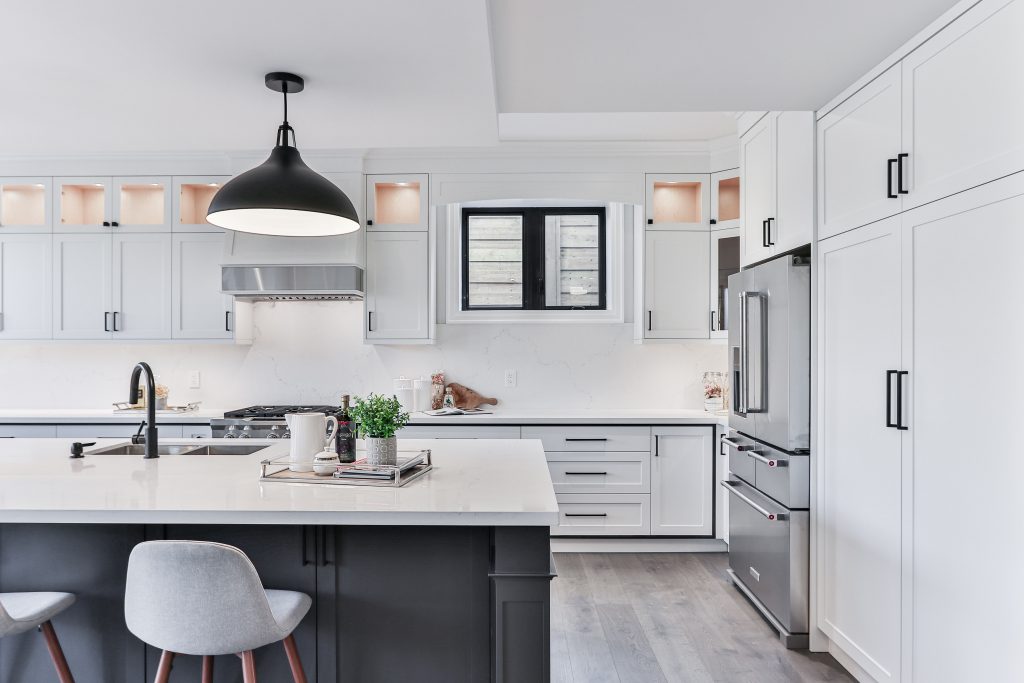
Issues not covered by home insurance
Home insurance comes with its own cover exclusions. These vary from insurer to insurer, so be sure to check their policy booklet before purchasing cover. Common exclusions may include:
- Wear and tear: This is a type of property damage that occurs naturally over time due to prolonged use. Examples of wear and tear include well-worn carpets and paint chips on a wall.
- Unoccupied properties: Most typical household insurance policies only cover homes that are unoccupied for less than 30 days in a calendar year. Homes unoccupied for longer than this may result in a higher risk of a claim occurring. Speak to your insurer if your property is likely to be unoccupied for longer or a broker if you’re unable to get cover.
- Deliberate or careless damage: It goes without saying that if you deliberately damage your home such as by setting it on fire, this won’t be covered by your insurer. The same would apply to damage caused by neglect. It’s up to the policyholder to make sure that the property is well looked after.
- Acts of god: These aren’t your regular kind of insurance claims, but are events not caused by humans such as abnormal weather events. Not all ‘acts of god’ are always excluded, so be sure to check with your insurer.
- Pest infestation: If your property does become infested with pests, this isn’t covered by most typical household insurance policies unfortunately (however, see our section discussing home insurance and short-term guests below).
Which home insurance is best for my property?
We’ve already covered the different types of home insurance and the construction types they usually cover. Whilst this is subjective to a certain extent, the best type of home insurance cover is the one that, in our opinion:
- Correctly insures the property based on what it’s used for.
- Covers you for an accurate property rebuild cost.
- Supplies you with the protection you need and has adequate cover limits for what you require.
- Is backed by an insurer that you trust.
- Provides value for money in proportion to the cover you’re getting.
Your opinion on the best home insurance cover may change over time and it’s ultimately a personal choice based on your personal circumstances.
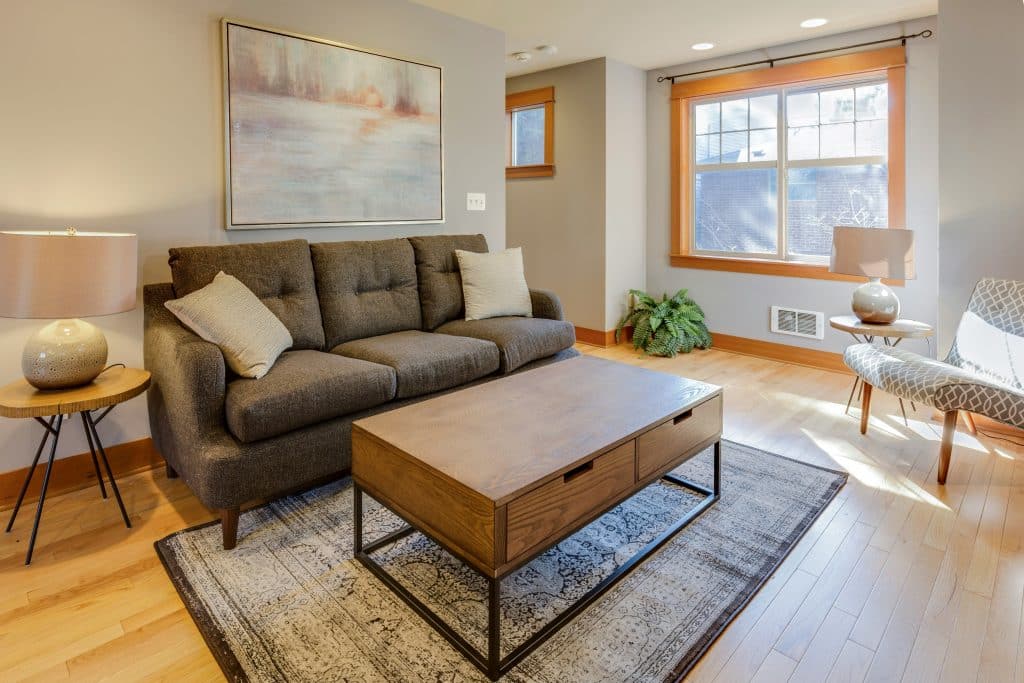
Do I need home insurance?
A requirement to have home insurance depends on where you live, how you own the property, or your personal circumstances.
- Short let owners in Scotland. Owners that rent out their property to paying guests now require a short-let licence. A requirement for public liability insurance is included as part of this, as discussed in our Airbnb legal regulations guide for the UK.
- Mortgages. Most mortgages require some form of home insurance in place when securing finance on a property. Not having insurance cover could also cost you life-changing amounts of money.
- Income protection. If you earn an income from your property, you may want to consider home insurance as an essential purchase. Examples of where this could be relevant is specific insurance cover for hosting, rent protection cover for landlords, liability cover, and more.
Like many insurance purchases, people may feel that they get little in return with insurance unless something bad happens. This isn’t entirely true, however. The consequences of not having home insurance are often more severe than other types of insurance due to the high cost involved with owning a property. Even if you don’t legally need to purchase home insurance, what you’re paying for is peace of mind.
What home insurance do I need for paying guests?
At Pikl, we’re passionate about protecting hosts and property sharers. Unfortunately, most standard residential, holiday home, and landlord home insurers don’t fully cover this. Without the right cover, you could end up not being covered for guest-related issues such as:
- Theft, malicious, and accidental damage cover.
- Liability cover (e.g. guest injuries or third party damage).
- Legal cover.
- Loss of keys and replacement locks.
- Fire and escape of water damage.
- Alternative accommodation and kennelling following a claim.
- Pest infestation.
What you’ll need then is both cover you’d typically come to expect from a household insurer plus additional cover related to hosting issues as well. Speak to your existing insurer in the first instance if you have one. Otherwise, reach out to a specialist insurer such as Pikl should you require additional cover for this. Check out our Airbnb insurance page for more details.
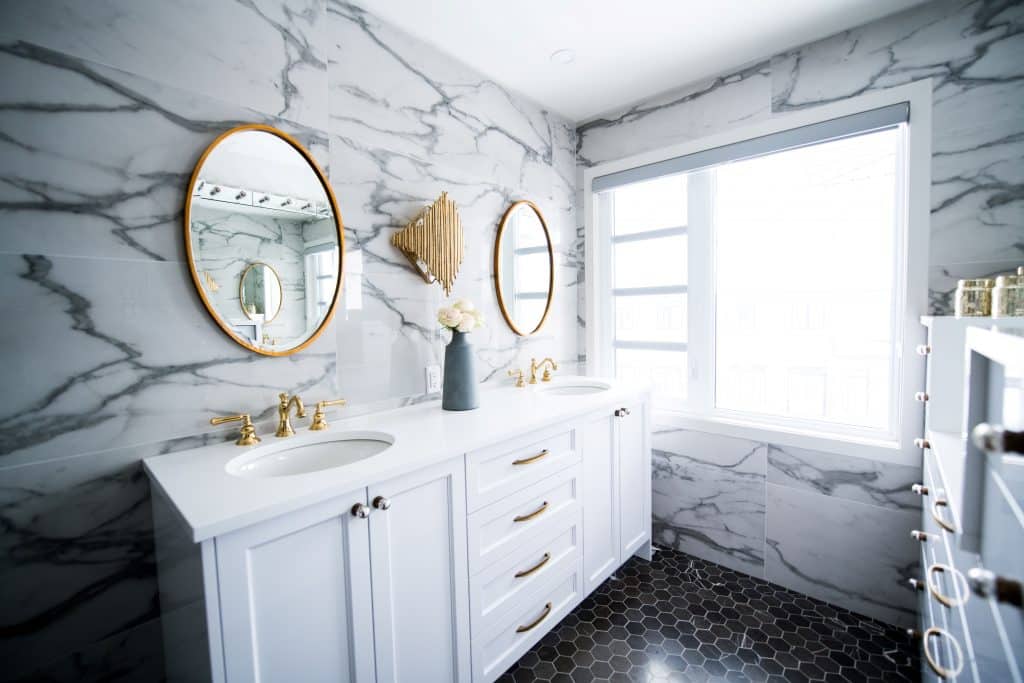
Popular home insurance FAQs
Is it worth claiming on home insurance?
If the damage is significant and likely to cause a big dent in your finances then claiming on home insurance is a sensible choice for almost everyone. On the other hand, if the damage is small or barely exceeds the cost of your excess then it may not be worth claiming. Always weigh up the cost of a claim versus future potential premium increases later on down the line.
What counts as accidental damage?
Accidental damage is any type of damage that is unintentional or couldn’t be foreseen provided this wasn’t caused as a result of wear and tear. For example, escape of water due to a burst pipe is likely to be classed as accidental damage whereas escape of water due to lack of maintenance would be excluded.
Is home insurance the same as buildings insurance?
Home insurance can include buildings and/or contents insurance cover depending on what you require. Not all home insurance policies including buildings cover, such as contents insurance for tenants.
What does buildings insurance cover in flats?
Like regular home insurance, buildings insurance covers the physical structure of the property against issues such as fire, storm, malicious damage, and more. It may not however cover the internal contents inside each flat. If the flat is a leasehold, the owner of the freehold is the person responsible for arranging building insurance for the property.
